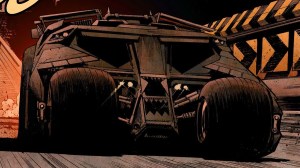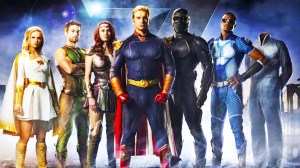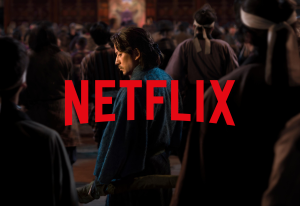Batman is a founding member of the Justice League, but there have been instances in which his relationship with he fellow heroes has led to a split between them. Batman defends the streets of Gotham City as a shadowy creature of the night, but his relationship with the Justice League is what brings the Caped Crusader out into the light. Compared to Batman’s grounded battles with crime bosses and disfigured criminals who rule Gotham’s underworld, Batman enters a whole new realm of heroism with the Justice League battling cosmic-scale villains like Darkseid and defending the entire Earth from attack. However, Batman’s very nature as a hero can occasionally put him at odds with the Justice League.
Videos by ComicBook.com
At times, Batman and the League have not seen eye to eye on how best to approach a particular threat, which has caused Batman to depart the Justice League altogether in certain instances. In others, Batman works with the Justice League while also having a somewhat more tentative relationship with his fellow heroes. Here are five instances in which Batman has left the Justice League in the comics.
1) Batman & The Outsiders
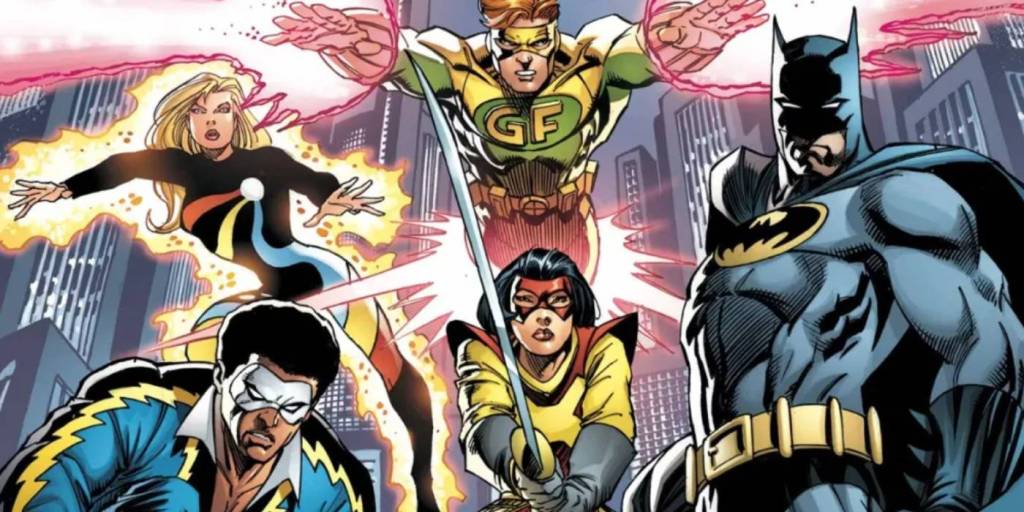
One of the first instances of Batman having a dispute with the Justice League unfolded very briefly in 1983 in Batman and the Outsiders #1, marking the Dark Knight’s founding of a new team of heroes. After Batman’s close ally Lucius Fox is kidnapped in Europe during a conflict known as the Markovian Revolution, the Caped Crusader loses patience with the “two-bit” heroes that comprise the League with him, due to the League’s insistence on honoring the United Nations request they remain out of the tense political situation. Batman resigns “effective immediately”, and forms his own team known as the Outsiders, consisting of himself, Black Lightning, Metamorpho, Katana, Geo-Force, and Halo. Ultimately, Batman patches things up with the League very quickly and rejoins, but the Dark Knight’s formation of the Outsiders is the first real demonstration on Batman’s part of his willingness to walk from the Justice League over a dispute in their methods.
2) JLA: The Obsidian Age
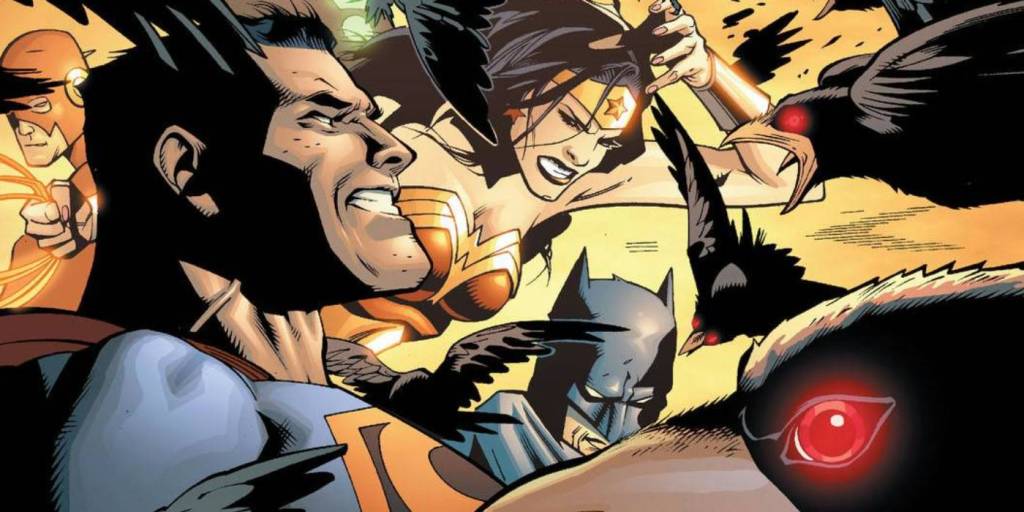
The Justice League has always done their best to operate with the consent of the people of Earth, but the League having to navigate government bureaucracy really gets under the Dark Knight’s skin in JLA: The Obsidian Age. The story sees the Justice League facing handcuffs imposed by the United Nations, a move pushed by the always politically connected Lex Luthor. The Justice League’s members decide to abide by the U.N.’s measures to reign them in, with the exception of Batman, who departs the Justice League over his opposition to the League operating under the control of any government body. The idea of superheroes having to answer to world governments is a thought provoking scenario to ponder, and JLA: The Obsidian Age makes crystal clear where Batman stands on that issue.
3) The New 52

DC’s New 52 continuity reboot began in the aftermath of Flashpoint re-establishing a new main DC timeline, with the Justice League’s origin story kicking the New 52 off with a new story of the Justice League forming for the first time to repel Darkseid’s invasion. While Batman’s role as a founding member of the Justice League is retained as part of the League’s New 52 origin story, Batman keeps his fellow heroes at arm’s length for much of the New 52’s run. While Batman never leaves the Justice League outright in the New 52, he also operates somewhat on the fringes in the new continuity. True to his shadowy nature, Batman is a team player on his own terms, and in the New 52, he essentially treated his Justice League membership as something he could drift in and out of.
4) Injustice: Gods Among Us

Produced by Mortal Kombat‘s Netherrealm Studios, the Injustice universe operates as both a video game and comic book franchise, set in an alternate DC Universe in which Superman is pushed over the edge after the Joker causes the death of Lois Lane, his unborn child, and the nuclear destruction of Metropolis. After vengefully killing Mr. J, Superman decides to clamp down on the villains of Earth by creating a dictatorial regime imposing far harsher methods. Batman, horrified at the Man of Steel’s fall into brutality, leaves the Justice League and forms his resistance faction to oppose Superman’s regime. The Injustice comics greatly build out the world of the games, telling a compelling comic book story all their own that has since evolved into a genuine Elseworlds wing of all things DC, with an Injustice animated movie being produced in 2021 and Injustice 3 also seemingly in the works. All the while, Injustice stands as another canonical example in which Batman splits with what the Justice League becomes under what the Injustice version of Superman becomes.
5) JLA: Tower of Babel
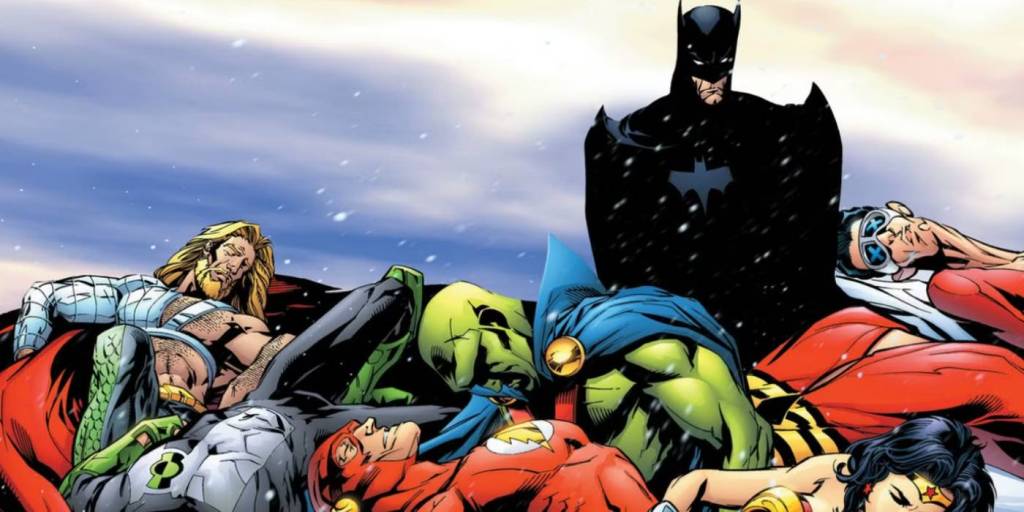
Batman is well-known for planning ahead, but his predilection for contingency plans causes a rift in his relationship with the Justice League in JLA: Tower of Babel. When Ra’s al Ghul launches an attack on the Justice League that seems to inexplicably incapacitate his every target, the League discovers that Ra’s has accessed each League member’s weakness from Batman’s files. Batman explains that he has kept the weakness of each member of the Justice League on file in the event that any of them were to turn bad, and though the League manages to stop Ra’s al Ghul’s plot, this leaves the League understandably taken aback and casting a vote on whether Batman should be expelled from the League. However, Batman leaves of his own accord before Superman can cast the tie-breaking vote. In all, JLA: Tower of Babel (which was later adapted into the animated film Justice League: Doom) is arguably the most iconic example of Batman stepping down from a team of his most sworn allies, born out of friction from the very forethinking and contingency planning that is the Dark Knight’s greatest power.
What do you think? Let us know in the comments!

